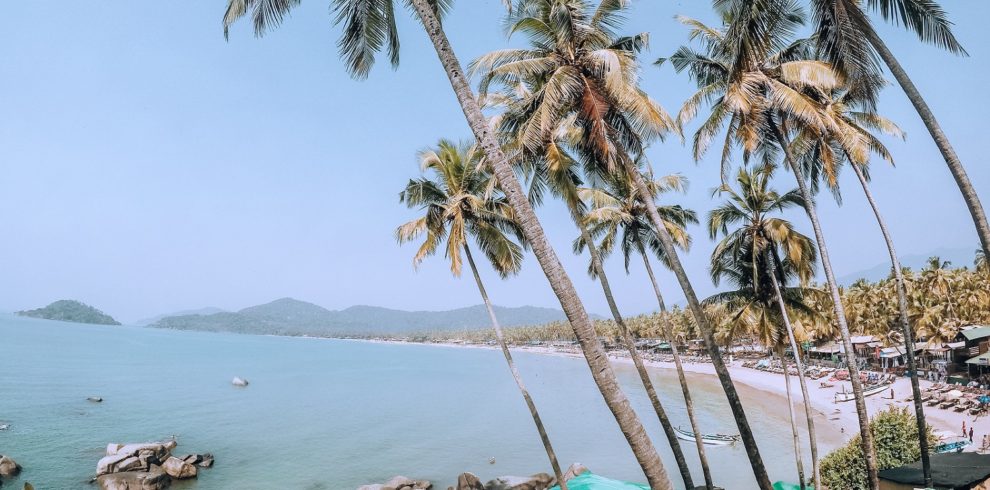Goa
Goa is a state on the southwestern coast of India within the region known as the Konkan and geographically separated from the Deccan highlands by the Western Ghats. It is surrounded by the Indian states of Maharashtra to the north and Karnataka to the east and south, with the Arabian Sea forming its western coast. It is India’s smallest state by area and the fourth-smallest by population. Goa has the highest GDP per capita among all Indian states, two and a half times that of the country. It was ranked the best-placed state by the Eleventh Finance Commission for its infrastructure and ranked on top for the best quality of life in India by the National Commission on Population based on the 12 Indicators.
Panaji is the state’s capital, while Vasco da Gama is its largest city. The historic city of Margao still exhibits the cultural influence of the Portuguese, who first landed in the early 16th century as merchants and conquered it soon thereafter. Goa was a former state of the Portuguese Empire. The Portuguese overseas territory of Portuguese India existed for about 450 years until it was annexed by India in 1961.[8][9] Its majority and the official language are Konkani.
Goa is visited by large numbers of international and domestic tourists each year for its white-sand beaches, nightlife, places of worship, and World Heritage-listed architecture. It has rich flora and fauna, owing to its location on the Western Ghats range, a biodiversity hotspot.
Goa is a part of the coastal country known as the Konkan, which is an escarpment rising up to the Western Ghats range of mountains, which separate it from the Deccan Plateau. The highest point is the Sponsor, with an altitude of 1,167 meters (3,829 ft). Goa has a coastline of 160 km (99 mi).
Goa’s seven major rivers are the Zuari, Mandovi, Terekhol, Chapora, Galgibag, Kumbarjua canal, Talpona, and the Sal. The Zuari and the Mandovi are the most important rivers, interspaced by the Kumbarjua canal, forming a major estuarine complex. These rivers are fed by the Southwest monsoon rain and their basin covers 69% of the state’s geographical area. These rivers are some of the busiest in India. Goa has more than 40 estuarine, eight marine, and about 90 riverine islands. The total navigable length of Goa’s rivers is 253 km (157 mi). Goa has more than 300 ancient water-tanks built during the rule of the Kadamba dynasty and over 100 medicinal springs.
The Mormugao harbor on the mouth of the River Zuari is one of the best natural harbors in South Asia.
Most of Goa’s soil cover is made up of laterites rich in ferric-aluminum oxides and reddish in color. Further inland and along the riverbanks, the soil is mostly alluvial and loamy. The soil is rich in minerals and humus, thus conducive to agriculture. Some of the oldest rocks in the Indian subcontinent are found in Goa between Molem and Anmod on Goa’s border with Karnataka. The rocks are classified as Trondjemeitic Gneiss estimated to be 3,600 million years old, dated by rubidium isotope dating. A specimen of the rock is exhibited at Goa University.

